You might be aware of the rampant discrimination and prejudice that occur in the world through mass media and other sources of information that highlight such issues. However, such forms of mass stereotyping and subtle discrimination also occur in our own country, India, but many of us remain unaware of it. What does it mean to be treated as a foreigner in your own country? This question is an everyday reality for many Northeast Indians. From experiencing taunts and mocks in childhood to being subjected to racial slurs in the workplace and society, these individuals have faced subtle but overt forms of discrimination and exclusion within their own country.
The recent COVID-19 outbreak emphasises the significance of this issue. Not only did it cause excruciating fear and uncertainty among individuals, but it also increased discrimination in many countries, including India. Because of facial features, many Northeast Indians were brutally discriminated against and wrongfully accused of carrying the virus simply due to their place of origin. These weren’t new problems created by the pandemic, nor were they just one or two isolated events. These incidents are indicative of a bigger problem of exclusion and out-group bias within Indian society, where appearance and culture are solely being utilised to determine identity.
The roots of the issue date back decades, showing how Northeast Indians are perceived as outsiders despite being Indian citizens (Azeez et al., 2022). This article will dig into the psychological frameworks and the mental and physical consequences of such bias. Additionally, it examines the role of education, community initiatives and moral values in creating a more inclusive India.
Read More: The Psychology of Rejection Therapy
Understanding Ingroup-Outgroup Bias
It is essential to understand psychological theories to better comprehend why widespread discrimination occurs among the citizens of our country and what can be done to overcome it. Social Identity Theory, proposed by Henri Tajfel and John Turner in 1978, explains that an individual’s self-concept, including their identity, self-worth, security, etc., is derived from the social groups to which they belong. These groups can be based on religion, language, ethnicity, or any trivial commonalities. Favouring the ingroup leads to a sense of belonging, validation, and pride, but it also creates and enhances the boundaries that result in stereotyping and prejudiced behaviour toward outgroups (McFeeters, 2021).
What is astonishing about the creation of an ingroup and an outgroup is that a slight difference is sufficient to create this split. Research on the Minimal Group Paradigm demonstrates that even random groups based on trivial or arbitrary criteria show a preference for ingroup over outgroup (Brown, 2020). This explains that humans might instinctively hold deeply rooted ingroup-outgroup and stereotypical biases.
Within the context of Northeast Indians, although they are citizens of the same country, their characteristic looks, speech, and culture tend to place them as the outgroup. This is the perception of most of the mainstream Indian population. This attitude causes constant discrimination in everyday life, including frequently mistaking them for foreigners. Questioning of their origin and identity, being subjected to racial slurs, and many more challenges contribute to their further exclusion from the national identity (Azeez et al., 2022).
According to Clinical Psychologist Nitika Kamothi, ingroup–outgroup bias arises from social identity theory, which suggests individuals derive self-esteem from their group memberships, leading to favoritism toward ingroups and prejudice against outgroups. Cognitive shortcuts like stereotyping, combined with evolutionary tendencies to prefer familiar groups, intensify these biases.
In India, Northeast Indians are often perceived as physically and culturally distinct, triggering implicit biases and “othering.” Limited intergroup contact and media misrepresentation reinforce stereotypes, while historical marginalization creates a sense of cultural distance. These factors contribute to microaggressions, discrimination, and exclusion in housing, education, and workplaces. The absence of representation in national narratives further perpetuates their outsider status. Such exclusion not only affects social integration but also harms mental health, fostering alienation and identity struggles among Northeast Indians.
Stereotypes and Prejudice
Stereotypes and prejudice are two psychological concepts about beliefs regarding a group of people, often involving inaccurate negative assumptions about their behaviour, characteristics, and personality (Vescio & Weaver, 2013). Negative stereotypes often lead to prejudice, which manifests as hatred, dislike and anger that eventually pave the way for mass discrimination and hate crimes. The question arises: how do people develop or reinforce stereotypes?
Heuristics
It can be used to explain this question. They are cognitive shortcuts that people use to quickly make their decisions and judgments. While heuristics are mostly useful, representative and availability heuristics can lead to biased evaluations of individuals (Lee, 2025).
- Representative Heuristic: This occurs when people quickly judge others based on how closely they resemble the stereotyped image of a particular group in their minds. For example, assuming all Northeast Indians share the same traits because of appearance, while ignoring their individuality (Lee, 2025).
- Availability Heuristic: This is when we make decisions by relying on scenarios that easily come to mind. For instance, if the media frequently highlights negative cases about a group, we may believe such behaviour is common among those people, thereby reinforcing prejudice (Lee, 2025).
In the case of Northeast Indians, stereotypes originate from appearance, cultural aspects, and their lifestyle. People in India often wrongly identify them as Chinese, Korean, or Japanese and mock them using slurs like “chinky.” Others ridicule their eating habits and food choices and taunt them with absurd speculation about witchcraft, cannibalism, and other tribal rituals. Even within education and occupational fields, their abilities are questioned, and others regard them with an astonished expression when people from the region hold high job positions.
However, while they suffer from brutal social discrimination and exclusion, the real struggle soon became the normalisation of this treatment. Shockingly, people often did not consider these acts as discrimination, and when confronted, they asked the victims to take it lightly and as a joke (Jayakumar, 2020). While research suggests that misrecognition is a primary factor in this discrimination, Haokip (2020) argued that Northeastern people are subjected to differential treatment not only because of misrecognition, but rather because they are simply considered “lesser Indians” in the mainland.
Psychological, Social and Physical Impacts of Bias
The effects of social exclusion and discriminatory practices go far beyond hurtful words and feelings of humiliation. Research shows that repeated stereotyping takes a heavy toll on both psychological and physical well-being. Some of these impacts are as follows:
1. Impact on Psychological Well-Being
- Constant exposure to prejudice can heighten the rate of minority stress, anxiety, depression, and other mood disorders (Borthakur & Kumari, 2024).
- Research reported that discrimination based on physical features triggered a trend of unhealthy coping patterns, including eating disorders among Northeast Indians (Borthakur & Kumari, 2024).
- Severe or repeated experiences of bullying, violence, or exclusion can result in Post Traumatic Stress Disorder (PTSD) (Borthakur & Kumari, 2024). Additionally, individuals are also in a constant state of hypervigilance, always anticipating mistreatment that may eventually result in chronic fatigue.
- Continuously undermining and treating people as inferior can reduce their self-esteem and worth, causing them to internalise feelings of inadequacy about their abilities (Borthakur & Kumari, 2024).
In extreme cases, the emotional pain of exclusion drives individuals toward harmful behaviours, including self-harm and suicidal tendencies.
Read More: Diet that is Beneficial for Psychological Well-Being
2. Impacts on Social Well-Being
- Discrimination creates barriers to the integration of Northeast Indians in education and occupations
- Reduced opportunities due to prejudice in housing, jobs, and social spaces limit access to a safe and secure environment.
- When discrimination is ignored or normalised, individuals lose faith in governance and other legal authorities.
- Many individuals may socially withdraw and isolate themselves from others to avoid mockery or rejection, which further worsens their mental health.
- Continuous mistreatment can provoke anger, leading to the commission of crimes as an act of retaliation.
3. Impact on Physical Well-Being
- Chronic stress can cause high cortisol levels, which disturb hormonal balance and increase vulnerability to illness (Alotiby, 2024).
- Stress and anxiety resulting from bias and exclusion can interfere with good sleep, leading to exhaustion (Ghasemi et al., 2024).
- Prolonged exposure to stress can elevate blood pressure, raising risks of heart disease (Ghasemi et al., 2024).
- Alcohol, tobacco, and other substances may be used as coping mechanisms that further harm health and well-being (Ghasemi et al., 2024).
Read More: What happens when you quit drinking alcohol?
Overcoming Ingroup–Outgroup Bias and Promoting Inclusivity
1. Role of education
One of the most powerful means of minimising bias is education. By incorporating the history, culture, and valuable contributions of Northeast India, as well as the wrongful discrimination and challenges associated with the prejudice in school and university curricula, we can enable young adults to defy this bias before the stereotypes become rooted in their minds.
2. Community-based initiatives
- Awareness Campaigns: Nationwide campaigns addressing racial slurs and stereotypes must be displayed via news, TV media, magazines, etc., mentioning ways to stop the bias and promote inclusivity.
- Cultural Exchange Programs: The government must initiate student and youth exchange programs between the Northeast and mainland states to promote intercultural sociability (Pathak, 2024). Additionally, organising Northeast cultural festivals in major Indian states can promote the true meaning of unity in diversity.
- Anti-Discrimination Helpline: Expanding government and private helplines for anti-discriminatory support across the country for quick reporting of hate crimes and other forms of discrimination.
- Community Centres: Establishing safe community centres in metro cities like Delhi, Bangalore and Mumbai, where many Northeast populations live, can gradually promote safe and secure living environments (Pathak, 2024).
- Policy and Media Representation: Ensuring better political, academic, and media representation of Northeast Indians to normalise their inclusion in mainstream India (Pathak, 2024).
Conclusion
The experiences of Northeast Indians reveal how deeply society roots in–group–out–group bias, stereotyping, and social exclusion. Psychology shows that these biases and exclusions are not simply social issues, but rather, they have significant mental and physical consequences. From anxiety and depression to chronic stress and social alienation, discrimination can create feelings of inferiority and deteriorate well-being. Recognising the origins and understanding the impacts of prejudice are the primary steps toward an inclusive India.
FAQs
1. What role does the media play?
Media, being the primary source of information, plays a vital role in spreading awareness regarding issues of social discrimination and their mental and physical impacts. However, the media can also play a negative role in spreading misinformation, thereby reinforcing prejudice.
2. Are all Northeast Indians affected equally?
No, discrimination does not affect all Northeast Indians equally. Factors like demography, gender, financial and educational status, socioeconomic background, etc., can make some individuals more susceptible to discrimination.
3. How can we address ingroup-outgroup bias?
We can address ingroup-outgroup bias through education, government-sourced community programs that bring India together, and simply displaying empathy instead of alienation can gradually dissolve the bias.
4. How to help your peers or close family members if they face discrimination?
A few of the ways to help are to listen to their issues, reassure them and validate their feelings. Show your support through words and actions by reporting the discriminators to authorities and following up with the legal institutions. Lastly, encourage them to go for counselling or engage in community groups that address discrimination trauma.
Reference +
Alotiby, A. (2024). Immunology of Stress: A Review Article. Journal of Clinical Medicine, 13(21), 6394–6394. https://doi.org/10.3390/jcm13216394
Azeez, A., Negi, D. P., Kumar, S., & A., K. (2022). “You people have brought the virus here”: Othering experience of northeastern people amid COVID-19 in Delhi, India. International Social Science Journal, 72(245), 905–917. https://doi.org/10.1111/issj.12343
Borthakur, E., & Kumari, N. (2024). Interplay of Perceived Discrimination, Self-Esteem, and Academic Motivation in North East India. The International Journal of Indian Psychology, 12(2). https://doi.org/10.25215/1202.358
Brown, R. (2020). APA PsycNet. Psycnet.apa.org. https://psycnet.apa.org/record/2020-51892- 001
Ghasemi, F., Beversdorf, D. Q., & Herman, K. C. (2024). Stress and stress responses: A narrative literature review from physiological mechanisms to intervention approaches. Journal of Pacific Rim Psychology, 18(18). https://doi.org/10.1177/18344909241289222
Haokip, T. (2020). From “Chinky” to “Coronavirus”: racism against Northeast Indians during the Covid-19 pandemic. Asian Ethnicity, 22(2), 1–21. https://doi.org/10.1080/14631369.2020.1763161
Jayakumar, S. N. (2020). A Racist India & How Its Racism Is Different For North-Eastern Women. Feminism in India. https://feminisminindia.com/2020/06/08/racist-india-racism different-north-eastern-women/
Lee, S. (2025). Understanding Prejudice in Social Psychology. Numberanalytics. https://www.numberanalytics.com/blog/ultimate-guide-to-prejudice-in-social psychology
McFeeters, B. B. (2021). Ingroups and Outgroups. EBSCO Information Services, Inc. | Www.ebsco.com. https://www.ebsco.com/research-starters/social-sciences-and humanities/ingroups-and-outgroups
Pathak, J. (2024). Gender, Migration, and Integration: Policy Opportunities for Northeastern Women in Mainland India. Centre for Development Policy and Practice. https://www.cdpp.co.in/articles/gender-migration-and-integration-policy-opportunities for-northeastern-women-in-mainland-india
Rodriguez, J. (2024). Social identity theory. EBSCO Information Services, Inc. | Www.ebsco.com. https://www.ebsco.com/research-starters/psychology/social-identity-theory
The International Dalit Solidarity Network. (2021). CASTE DISCRIMINATION AND HUMAN RIGHTS: A comprehensive compilation of how caste discrimination and similar forms of discrimination based on work and descent have been addressed by the UN treaty bodies, Universal Periodic Review, and the Special Procedures COMPILATION OF UN REFERENCES. https://idsn.org/wp-content/uploads/2021/01/UNcompilation-Jan 2021.pdf
Vescio, T., & Weaver, K. (2013). Prejudice and stereotyping. Oxford Bibliographies. https://www.oxfordbibliographies.com/display/document/obo-9780199828340/obo 9780199828340-0097.xml

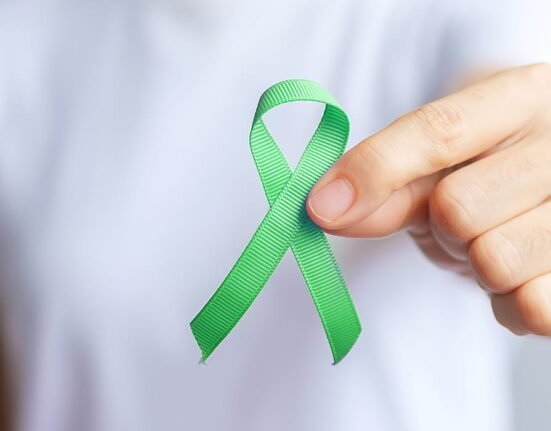
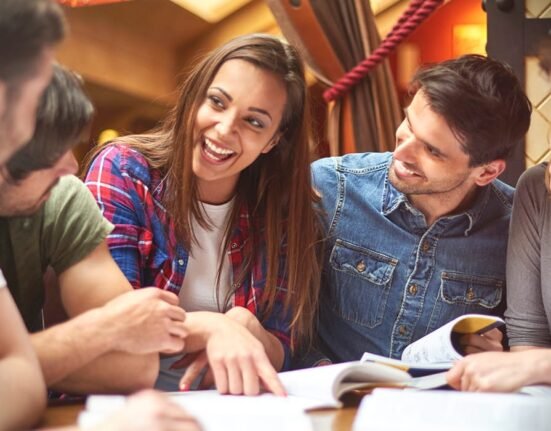

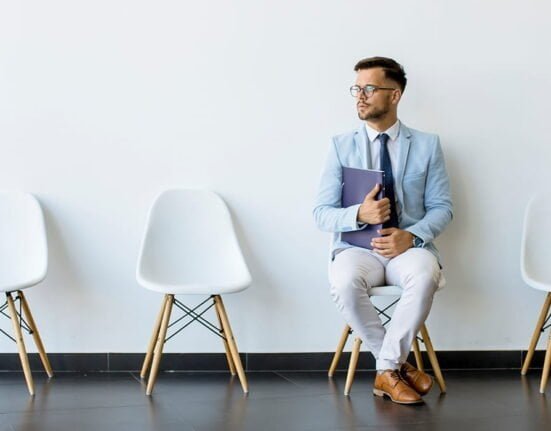

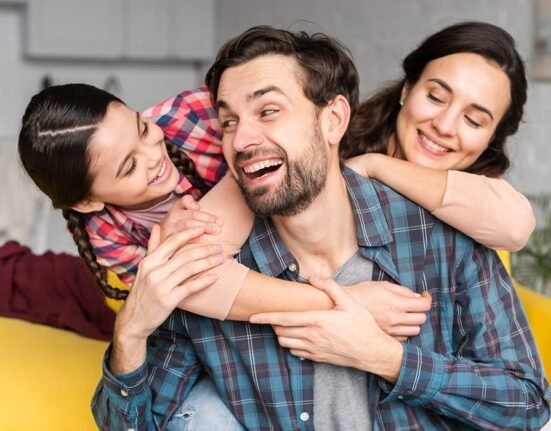


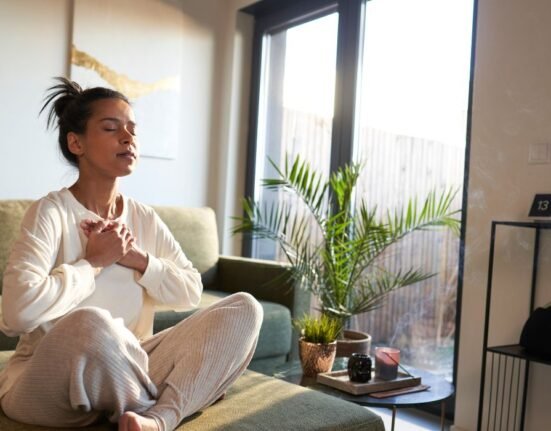
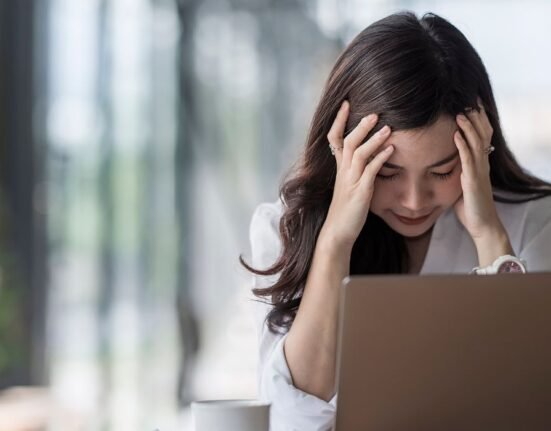


Leave feedback about this